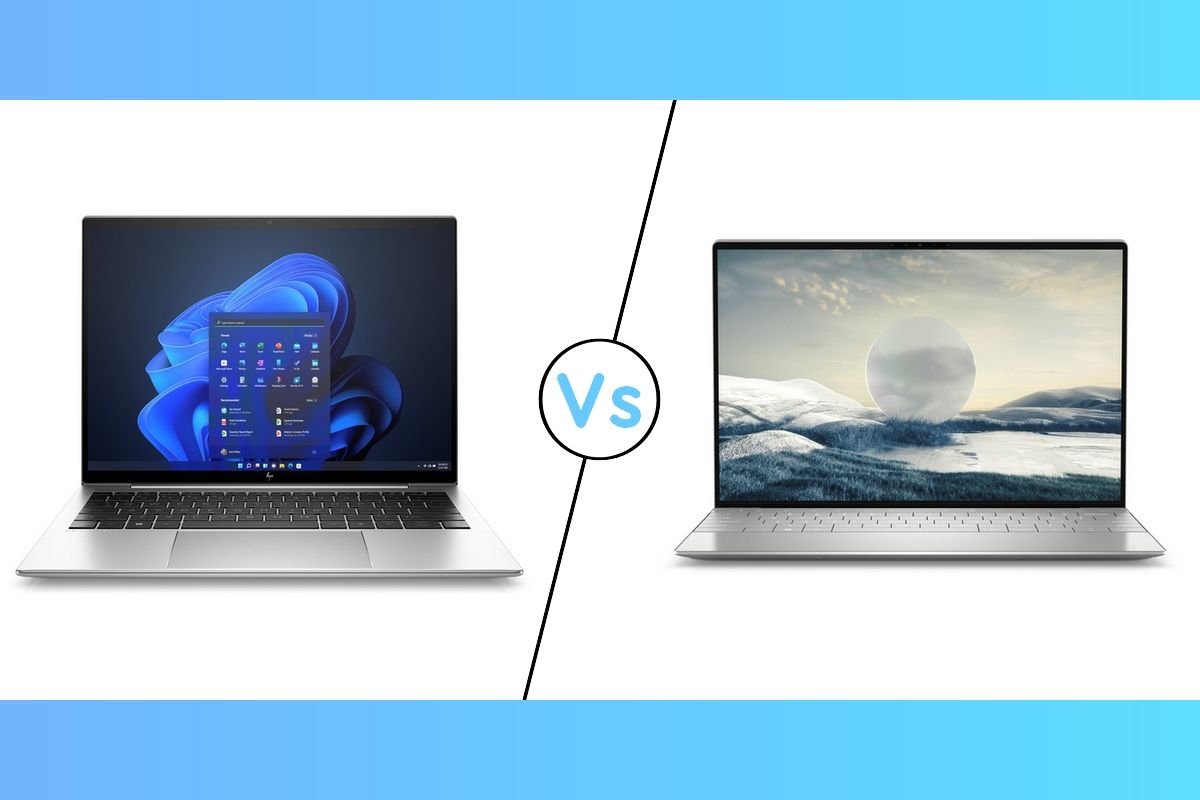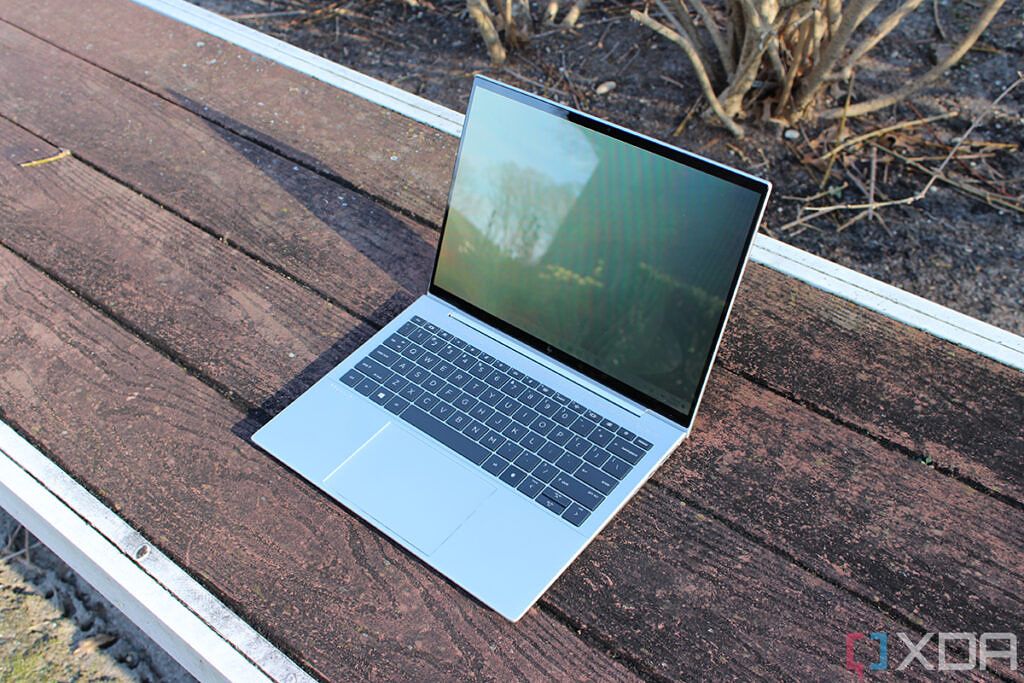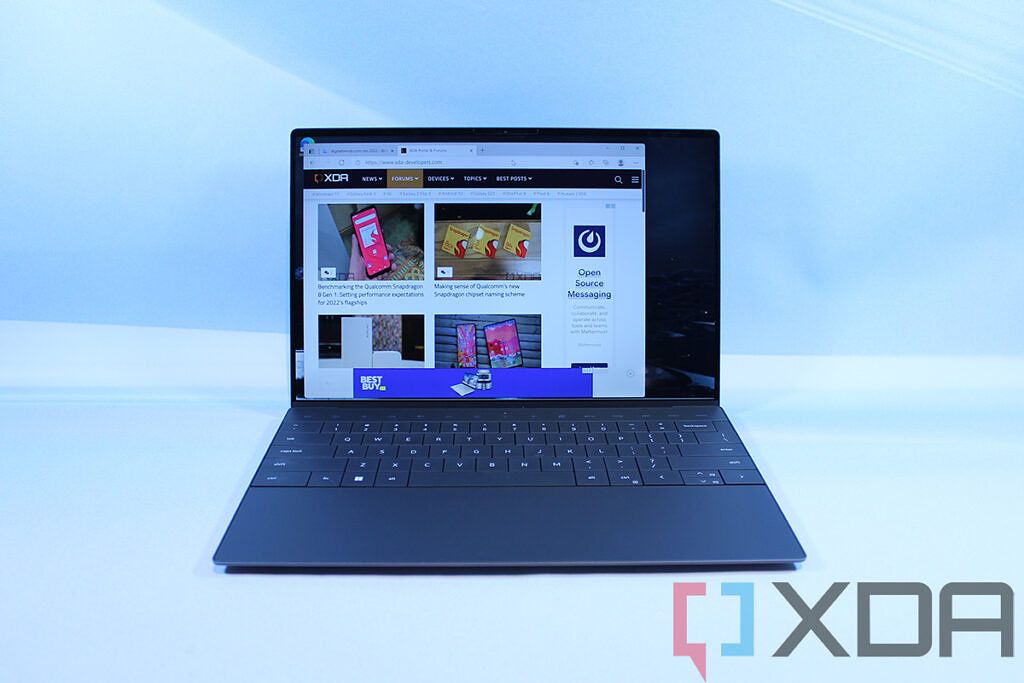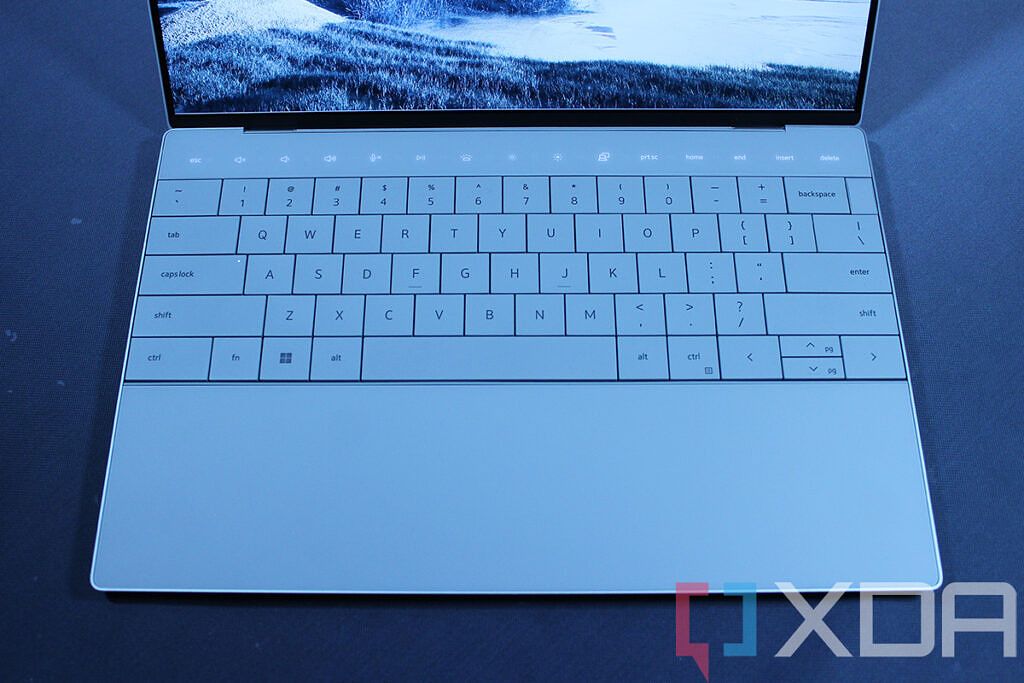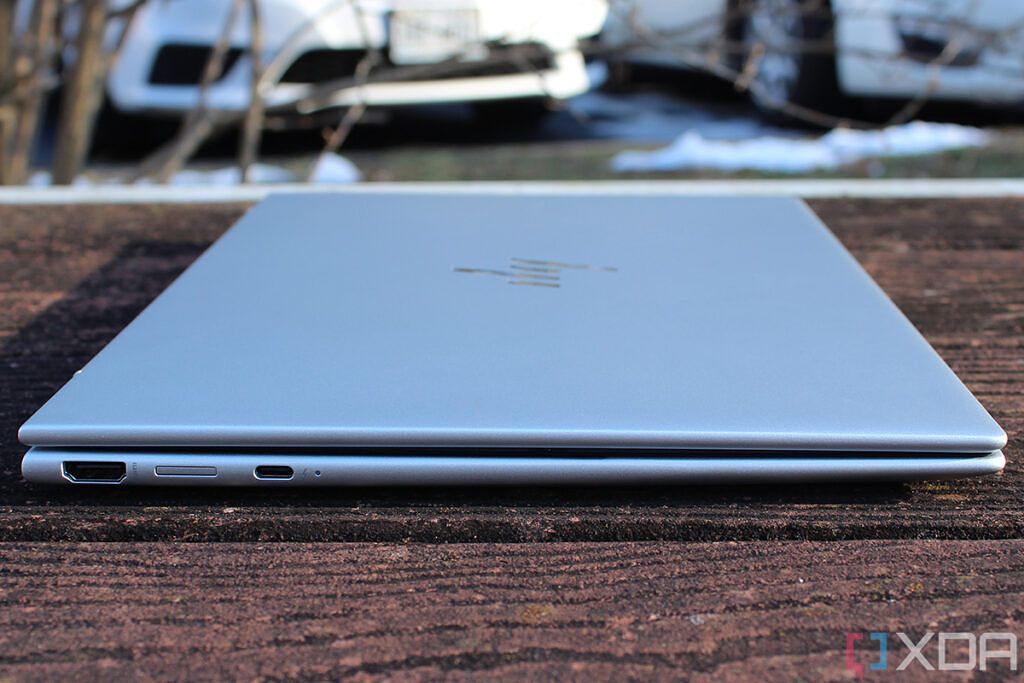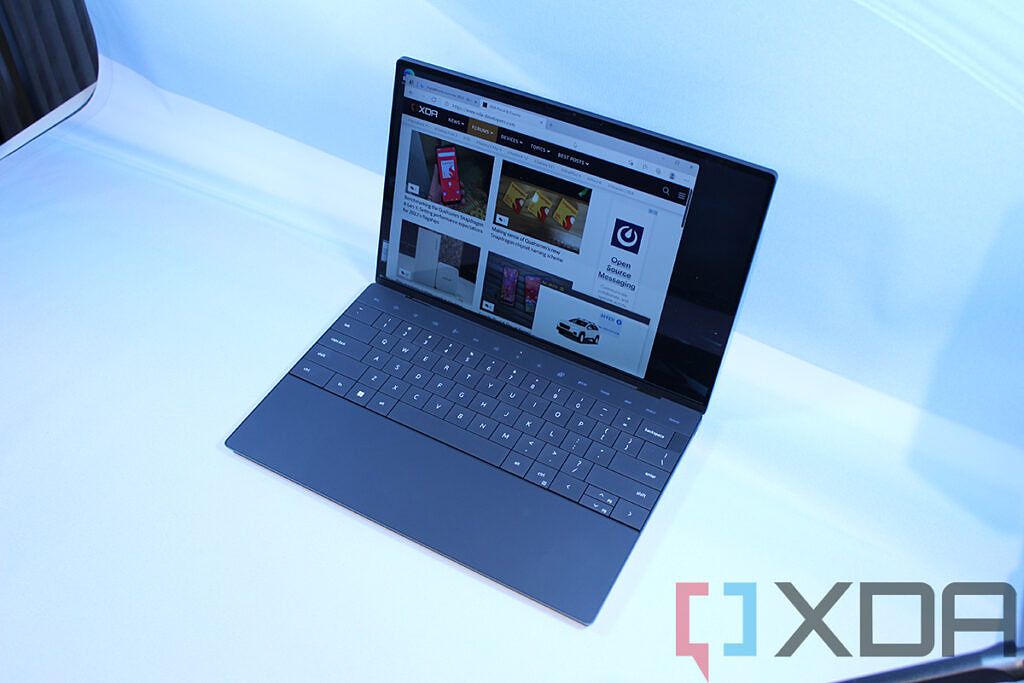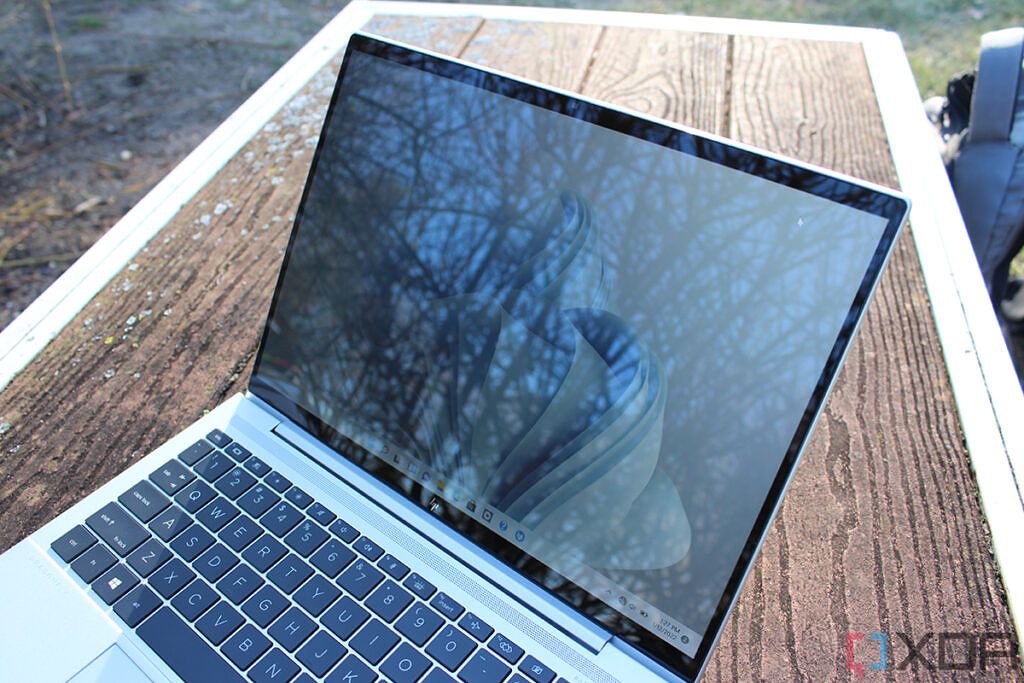We're still somewhat early in the year, but 2022 is already looking like a very promising year for laptops. So far, we've already seen some major new products introduced, and among them we have the HP Elite Dragonfly G3 and the Dell XPS 13 Plus. These are new iterations on two of the best laptops you can buy today, and they both bring a lot new to the table.
If you're struggling to choose between the two, we're here to help. We'll be comparing the HP Elite Dragonfly G3 to the Dell XPS 13 Plus in a few key areas to help you decide what's best for you. These are two great modern laptops, but there are some key differences that may make you prefer one over the other. Let's take a closer look.
HP Elite Dragonfly G3 vs Dell XPS 13 Plus
|
HP Elite Dragonfly G3 |
Dell XPS 13 Plus |
|
|---|---|---|
|
Operating system |
|
|
|
CPU |
|
|
|
Graphics |
|
|
|
Display |
|
|
|
Storage |
|
|
|
RAM |
|
|
|
Battery |
|
|
|
Ports |
|
|
|
Audio |
|
|
|
Camera |
|
|
|
Windows Hello |
|
|
|
Connectivity |
|
|
|
Color |
|
|
|
Size (WxDxH) |
297.4 × 220.4 × 16.4mm (11.71 × 8.68 × 0.65 inches) |
295.3 × 199.04 × 15.28mm (11.63 × 7.84 × 0.6 inches) |
|
Weight |
Starts at 0.99kg (2.2 lb) |
Starts at 1.24kg (2.73 lb) |
|
Price |
Starting at $2,659 |
Starting at $1,199 |
Display: They're both great
The first big difference between these two laptops is in their displays. These are both premium laptop screens but there are different options available on each laptop. The HP Elite Dragonfly G3 has a 3:2 aspect ratio, and it starts with Full HD+ (1920 x 1280) resolution in the base model. You can upgrade that to include HP Sure View Reflect - HP's privacy screen - or spring for a 3K2K (3000 x 2000) OLED touch model.
The option for a privacy screen is ideal for business users who deal with sensitive information. If you're in a public space and you don't want anyone to see what you're working on, this is a great choice. On the other hand, the 3K2K OLED model is great if you want the sharpest, most vibrant display.
On the other hand, the Dell XPS 13 Plus has a 16:10 aspect ratio - still taller than a typical 16:9 display, but not as tall as 3:2. It's more geared towards consumers and creative professionals, so you don't get a privacy screen option here. The base model is a Full HD+ (1920 x 1200) panel, and you can upgrade it to add touch support, or go all the way to an Ultra HD+ (38440 x 2400) panel. But those are just the IPS options. If you want, you can get a 3.5K (3456 x 2160) OLED display that's even sharper than HP's laptop.
That OLED display also supports 100% of DCI-P3 and DisplayHDR 500, plus it's protected by Gorilla Glass Victus for extra durability. And all the premium configurations support touch, too. If you want the best experience for media consumption or creation, the Dell XPS 13 Plus may be the better choice.
Above the display, though, the Dell XPS 13 Plus is packing an average 720p webcam, which isn't all that impressive. Dell's XPS laptops have historically had pretty bad webcams, and Dell says it has made some improvements, but it's still not very sharp.
The HP ELite Dragonfly G3 has a 5MP webcam with a privacy shutter.
On the other hand, the HP Elite Dragonfly G3 has a very sharp 5MP webcam with HP Presence, so you get features like auto framing and other enhancements. Plus, it has a privacy shutter, a common feature in business laptops. At least both laptops support Windows Hello facial recognition and both have a fingerprint reader, so you can use the most convenient method to unlock your laptop.
Design: The Dell XPS 13 Plus has a futuristic look
While both of these laptops look and feel premium, we have to give the Dell XPS 13 Plus the edge when it comes to overall looks. It comes in two fairly basic colors - platinum and graphite - but it looks very clean and futuristic for a couple of reasons. First, there's no touchpad, at least not one that you can see. It's completely seamless and blends into the chassis.
The other factor is the zero-lattice keyboard, meaning there's practically no space between the keys and that the keyboard stretches to the very edges of the chassis. Finally, the function row on the keyboard is now touch-based instead of using physical keys. This all adds up to a laptop that looks more modern than anything else on the market right now.
On the other hand, the HP Elite Dragonfly looks much more like a standard laptop. It comes in Natural Silver or Slate Blue (which is closer to black), but it doesn't do anything all that different with the design. You get a regular keyboard, function keys, and touchpad. While it doesn't look as fun, that may be better for usability since there isn't much of a learning curve.
The Dell XPS 13 Plus is smaller, but the Elite Dragonfly G3 is lighter.
The Dell XPS 13 Plus is also more compact than the Elite Dragonfly G3, being smaller in just about every dimension. However, the Elite Dragonfly G3 is noticeably lighter, weighing just 2.2lbs compared to the 2.73lbs of the XPS 13 Plus. That's a noticeable difference, and when it comes to portability, weight probably matters more than dimensions.
Ports and connectivity: There's so much more on the Elite Dragonfly G3
One of the consequences of the Dell XPS 13 being as compact as it is is that it has very few ports. All you get is two Thunderbolt 4 ports, and that's it. Not even a headphone jack or a microSD card reader. There is a USB Type-C to Type-A adapter in the box, but that's it. You'll be relying on Thunderbolt docks or wireless peripherals a lot if you go with this laptop.
Meanwhile, the HP Elite Dragonfly G3 is a business laptop, and like most laptops of its kind, it has a solid supply of ports. Two Thunderbolt 4 ports, one USB Type-A port, HDMI, and a headphone jack. It's not as port-rich as some larger laptops, but for this size, that's a good selection.
Another feature you'll find in the Elite Dragonfly G3 is the option for cellular connectivity, with your choice of 4G LTE or 5G. This is also common in business laptops, but the Dell XPS 13 Plus isn't one, so it doesn't have it. Both laptops support Wi-Fi 6E and Bluetooth 5.2, as you might have expected.
Operating system: The Dell XPS 13 Plus has a Linux version
One thing worth mentioning in these two laptops is the operating system. Both laptops are available with Windows 11, but because the Elite Dragonfly G3 is a business laptop, it'll likely come with Windows 11 Pro. Meanwhile, Dell usually only sells its XPS 13 Plus with Windows 11 Home. The Pro edition of Windows 11 has some extra features that are important for businesses, including access to the Group Policy Editor, Hyper-V, Remote Desktop, and BitLocker encryption. You can check out our full comparison of Windows 11 Home and Pro to learn more about these differences.
While Windows 11 will likely be the most popular option, Dell will also sell the XPS 13 Plus with Ubuntu Linux 20.04 instead. You'll need to look for the Developer Edition, but if you prefer Linux, Dell gives you that option out of the box.
Performance: Both laptops have Intel Alder Lake processors
Finally, coming around to performance, these laptops have some things in common, but they're also very different. They're both packing Intel's 12th-generation Alder Lake processors, but the Dell XPS 13 Plus has 28W P-series processors, while HP opted for the more typical 15W processors from the U15 series in the Elite Dragonfly G3. That means the Dell XPS 13 Plus is going to give you significantly better performance with up to 14 cores and 20 threads.
While benchmarks aren't the end-all-be-all measurement of performance, we can take a look at the numbers below to see what we can expect in terms of performance from both of these laptops based on the processors they have. The differences are significant, though we should note that both of these will be more than fast enough for most day-to-day workloads.
|
Intel Core i5-1235U(see test) |
Intel Core i5-1240P(see test) |
Intel Core i7-1255U(see test) |
Intel Core i7-1280P(see test) |
|
|---|---|---|---|---|
|
Geekbench 5 (single/multi-core) |
1,586 / 6,432 |
1,552 / 7,494 |
1,679 / 6,942 |
1,710 / 8,430 |
Again, while these numbers don't paint a full picture, they do illustrate the differences you can expect. The Intel Core processors inside the HP Elite Dragonfly G3 only have up to 10 cores and 12 threads, so they fall behind in terms of multi-core performance. In terms of the integrated GPU, however, the two laptops shouldn't be too different. They both have Intel iris Xe graphics, and they're only clocked slightly faster in the P-series processors.
The flip side to the performance difference is battery life, and you can expect the HP Elite Dragonfly G3 to do much better in that aspect. Because the processors have a lower TDP, they'll chew through the battery more slowly, which means this is the better option for portability.
Both laptops also come with up to 32GB of LPDDR5 RAM, which is soldered onto the motherboard in both cases. Also, both come with up to 2TB of storage.
Final thoughts
As usual, whether you should get the Dell XPS 13 Plus or the HP Elite Dragonfly G3 is up to your personal needs. These are both fantastic laptops, but they're meant for different audiences. The Dell XPS 13 Plus is geared more towards modern consumers. It has a futuristic design, a great display with some fantastic options for media consumption and creation, and it's very compact. It doesn't have a lot of ports, but it's also aimed at an audience that's used to most things being wireless.
On the flip side, the Elite Dragonfly G3 is meant for business users. You have options like the HP Sure View Reflect to keep sensitive information safe, there's a far better webcam for meetings and video calls, and it has all the ports long-time business users will appreciate. You can plug in an old flash drive, use a wired mouse, connect to an external display via HDMI, all without needing a bunch of adapters. And the more classic design also has less of a learning curve for users who prefer the familiar feel of a laptop. Plus, the Elite Dragonfly G3 is very light, so you can take it to work and back home with no problem.
Regardless of what audience you fit into, these are two great products, and you won't regret buying whatever you end up choosing. You can buy both of them using the links below if you're interested in either one. Otherwise, you can check out the best Dell laptops or the best HP laptops you can buy right now.
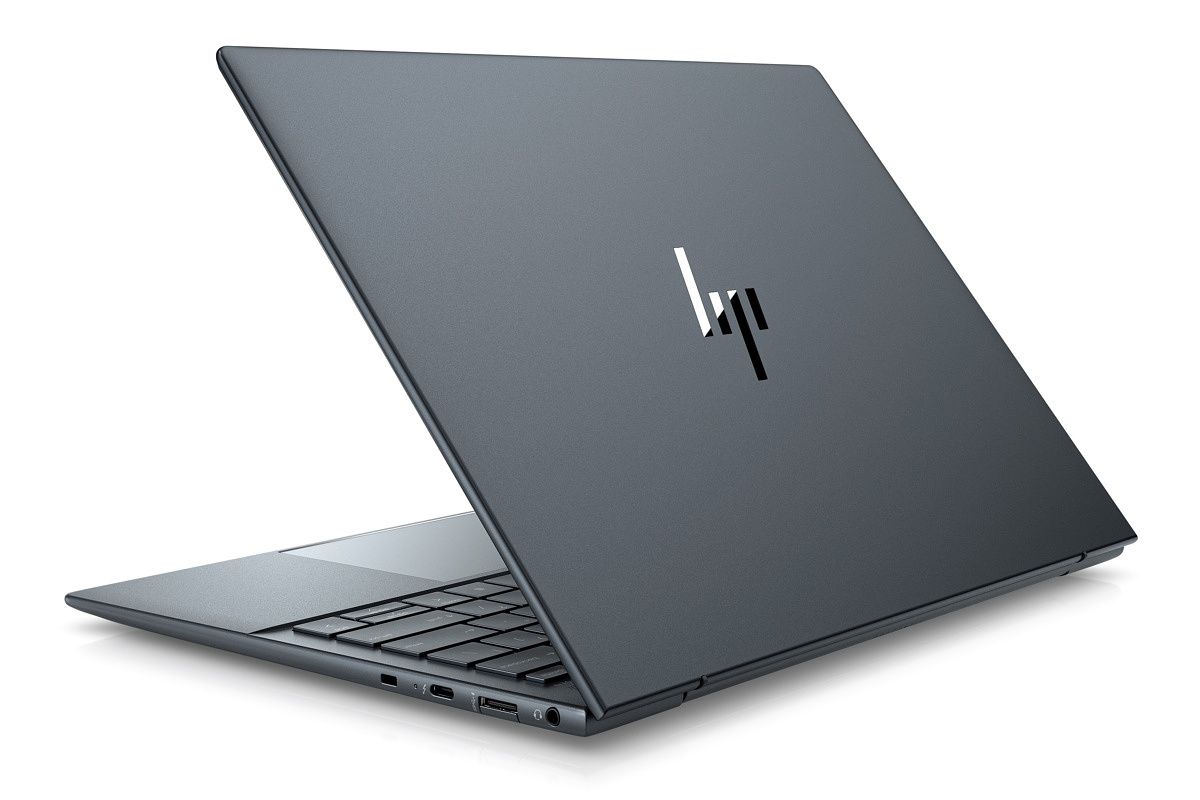
HP Elite Dragonfly G3
The HP Elite Dragonfly G3 is HP's most premium business laptop, featuring 12th-gen Intel processors, a 3:2 display, and a lightweight design.
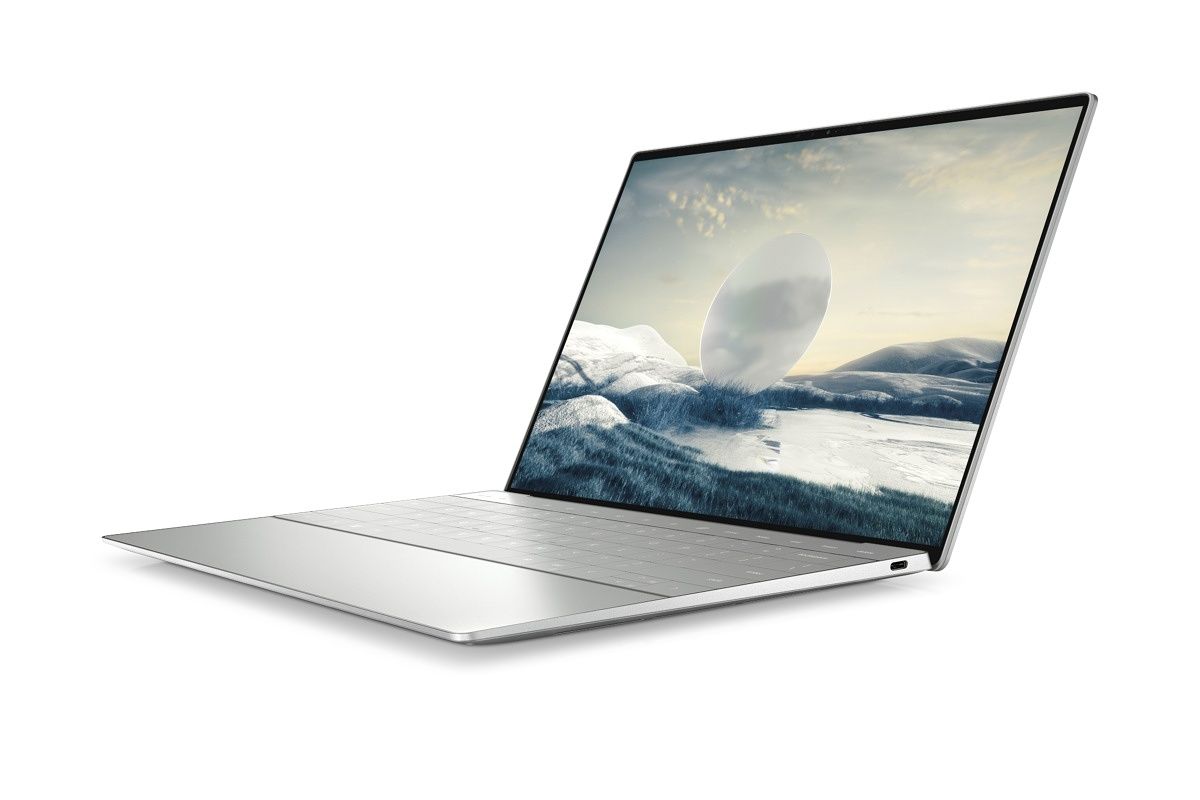
Dell XPS 13 Plus
The Dell XPS 13 Plus is a modern and powerful laptop with 28W Intel processors.

